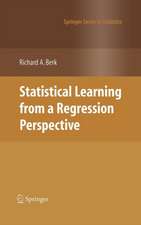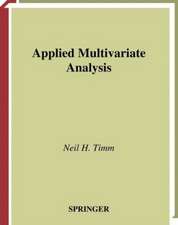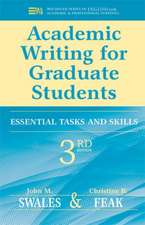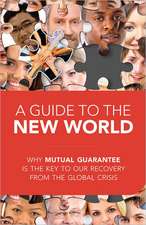Thwarted Exodus: Post-War Overseas Migration from the Netherlands
Autor Barend Peter Hofstedeen Limba Engleză Paperback – 1964
Preț: 384.31 lei
Nou
Puncte Express: 576
Preț estimativ în valută:
73.55€ • 76.50$ • 60.72£
73.55€ • 76.50$ • 60.72£
Carte tipărită la comandă
Livrare economică 14-28 aprilie
Preluare comenzi: 021 569.72.76
Specificații
ISBN-13: 9789401504317
ISBN-10: 9401504318
Pagini: 209
Ilustrații: XIV, 209 p.
Dimensiuni: 155 x 235 x 12 mm
Greutate: 0.33 kg
Ediția:1964
Editura: SPRINGER NETHERLANDS
Colecția Springer
Locul publicării:Dordrecht, Netherlands
ISBN-10: 9401504318
Pagini: 209
Ilustrații: XIV, 209 p.
Dimensiuni: 155 x 235 x 12 mm
Greutate: 0.33 kg
Ediția:1964
Editura: SPRINGER NETHERLANDS
Colecția Springer
Locul publicării:Dordrecht, Netherlands
Public țintă
ResearchCuprins
I. A Post-War Phenomenon.- Emigration Prior to 1940.- The Second World war.- The Situation in the Netherlands Immediately after the war.- Factors Connected with the Urge to Emigrate.- The General Situation in 1948.- A Lost Generation?.- The Unsettled Emigration Climate.- II. The Government Versus Private Organizations.- Government Concern with Emigration Prior to 1940.- The Denominational Emigration Organizations Prior to 1940.- Clay and Sand: The two Poles of Agrarian Emigration.- Growing Government Interference after 1945.- Two Guiding Principles for the Granting of Subsidies.- Collision with the Social Organizations.- Compromise and Strategy.- III. Policy, Planning and Prognoses.- The Fear of Poverty.- The Fear of “Over-Population”.- Population Problems and Emigration Policy.- Industrialization and Emigration.- The Bottle-Neck of “Emigration Planning” in a Democratic System.- “Planned Migration” in the Light of Actual Developments.- IV. Organized Emigration in Practice.- Vertical Ideological Pluralism in the Netherlands.- The Organization of the Voluntary Agencies.- Emigration Procedure.- Government Policy and Group Policy.- V. Socioreligious Group Characteristics.- Religious Denomination and Country of Destination.- Registration Organ and Country of Destination.- Registration Organ and Religious Denomination.- Emigrant, Registration Organ and Religious Denomination.- Socioreligious Structure and the Continuity of Emigration.- VI. At Group Level: Points of View and Attitudes Adopted with Reference to Emigration.- The Roman Catholics.- The Calvinists.- Remaining Groups.- VII. The Dynamics of Social Change.- Increased Prosperity and Communication.- The Integration of Parts. a New Frame of Reference.- New Conceptions Regarding the Population Problem.- TheNetherlands and European Migration.- VIII. Adaptation of the Emigration Policy.- Increasing Isolation.- Two Specific Drawbacks.- Those who Returned.- Criticism of the Emigration Policy.- The Defence.- From “Active” Policy to “Positive” Policy.- Summary and Conclusions.- Thwarted Exodus.- The Group Character of Netherlands Emigration.- The Conservative Type of Migration.- Appendices.- 1. Adjoining chapter V, “Emigrant, registration organ and religious denomination.” Primary and/or sociologically relevant data.- 2. Idem. Questions directly connected with emigration.- 3. Migration to and from the Netherlands, 1900–1962.- References.














